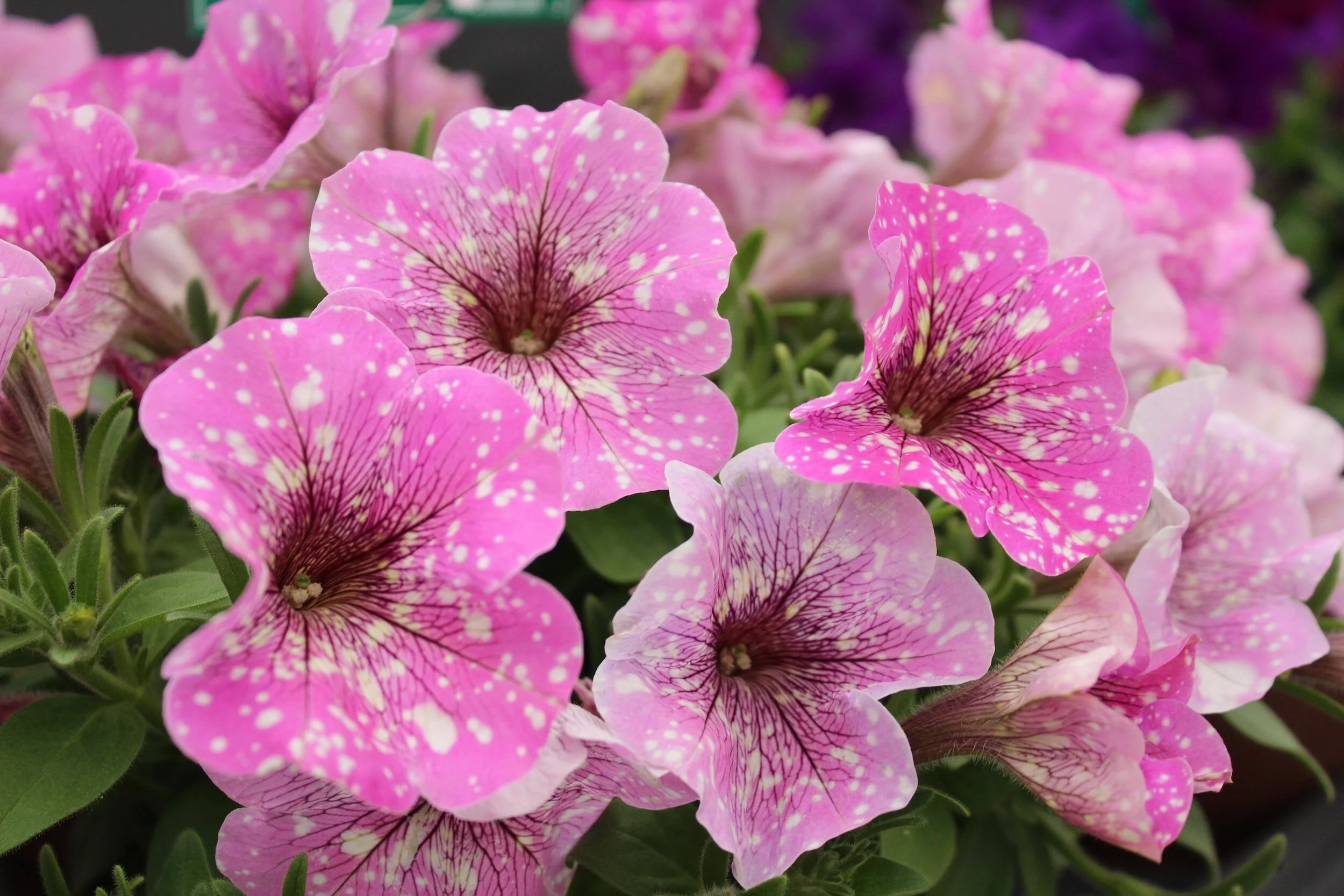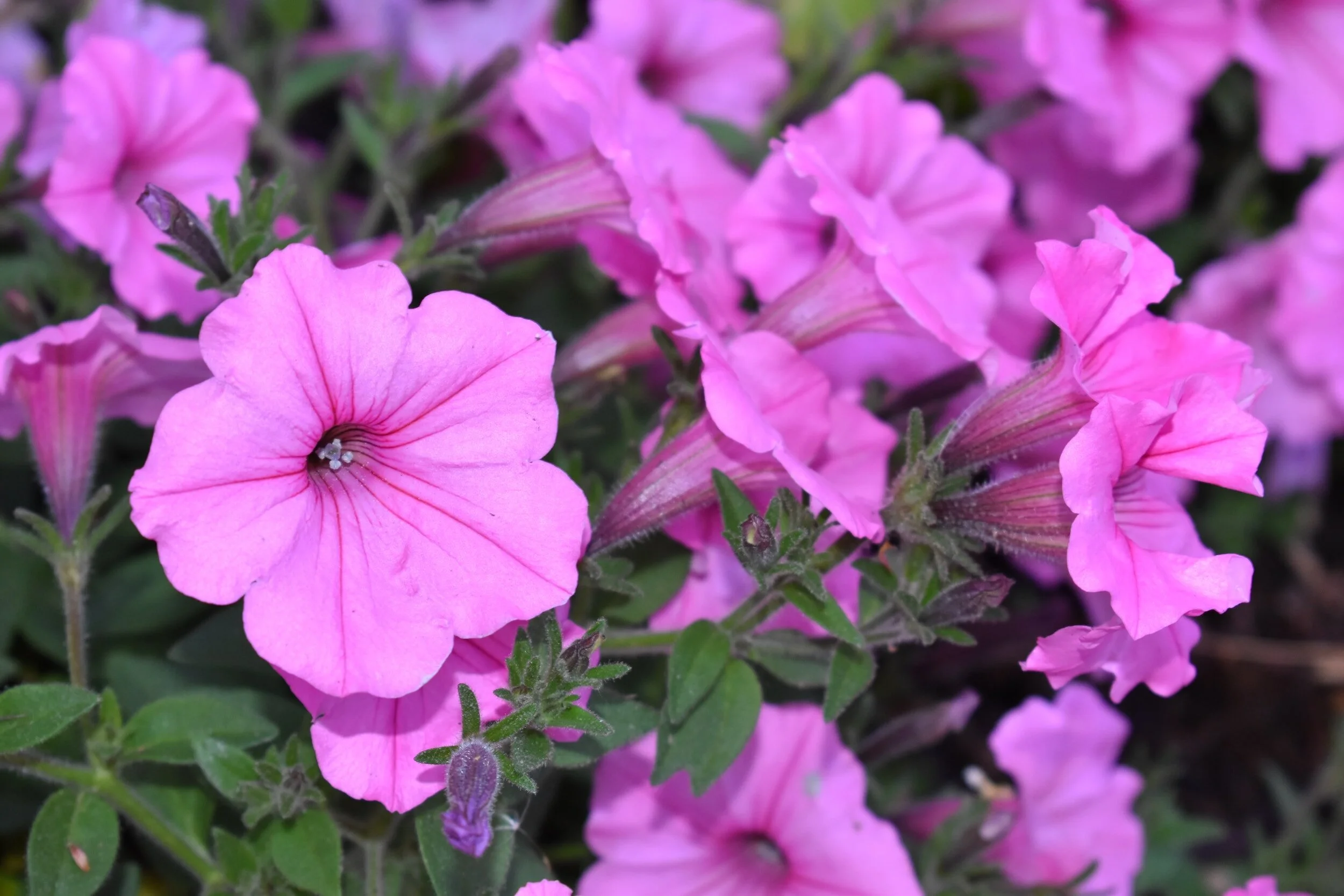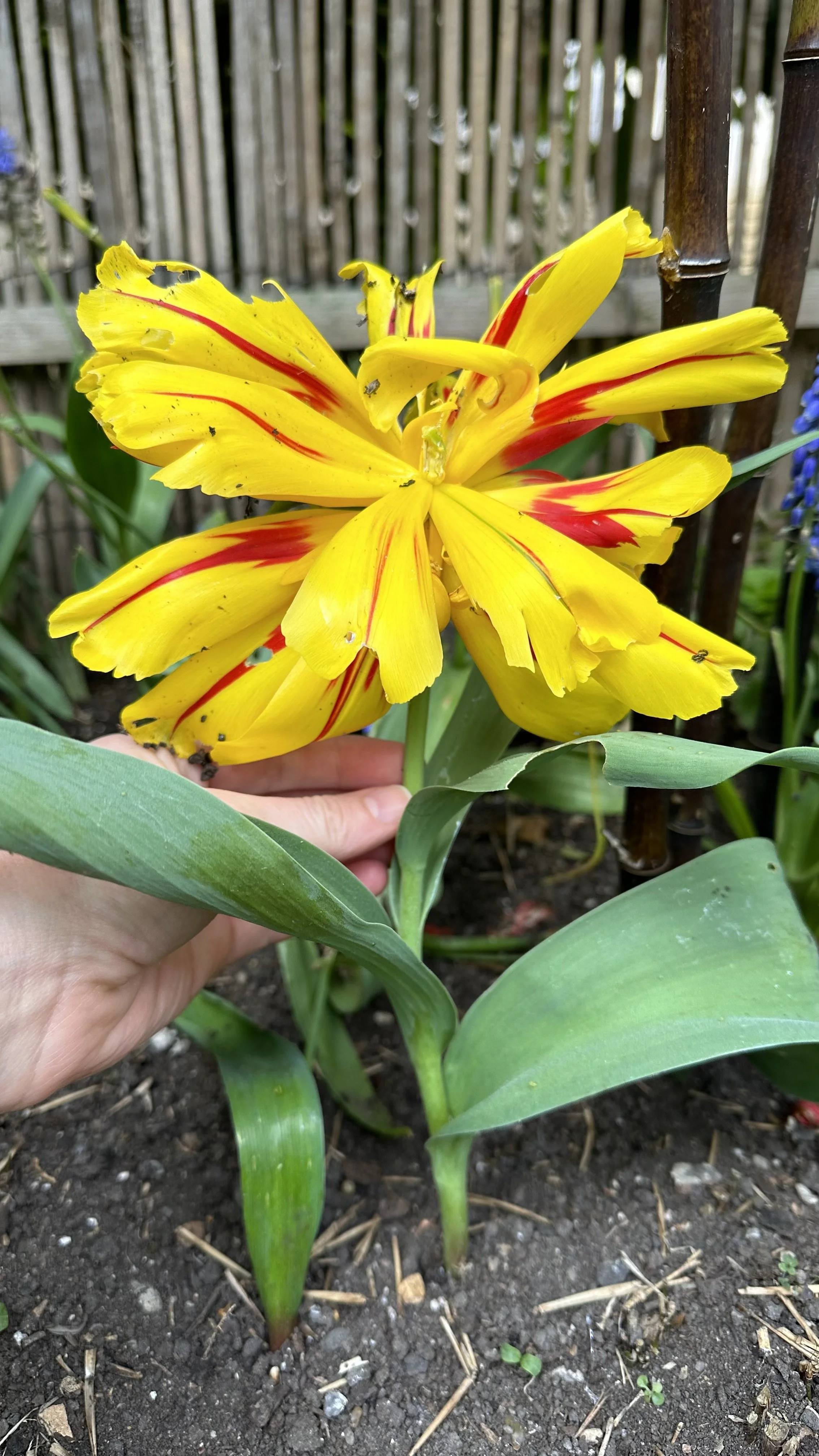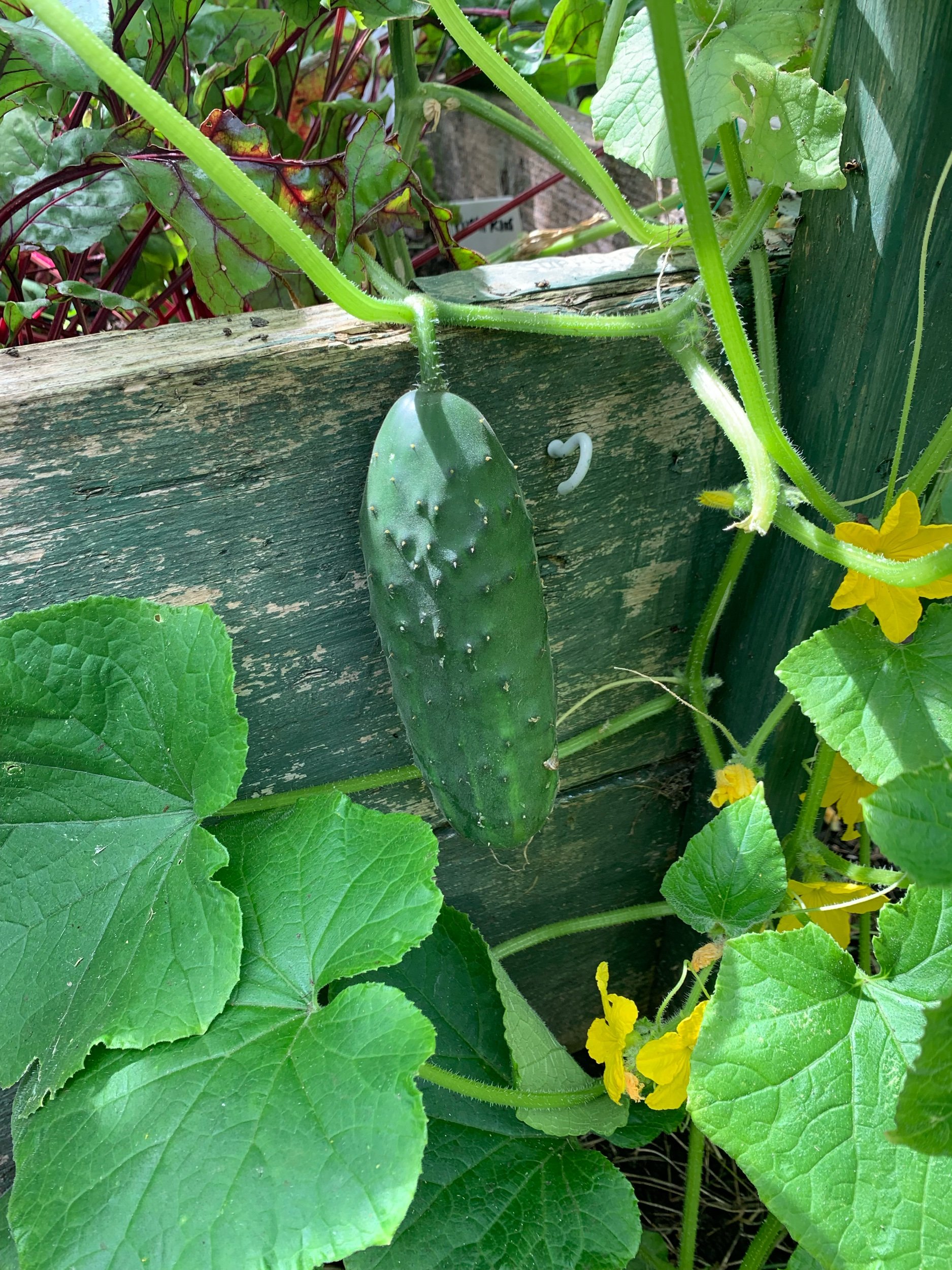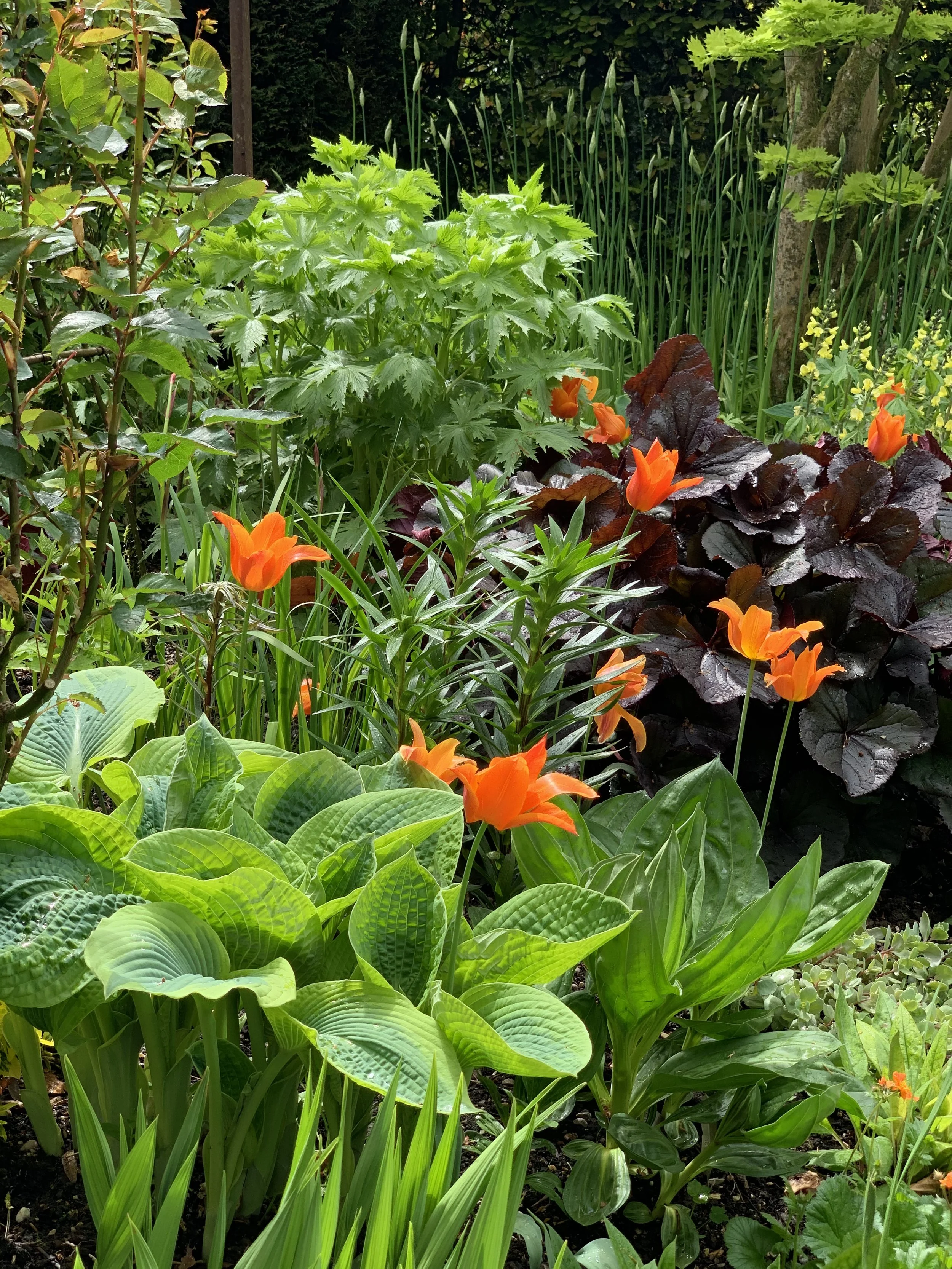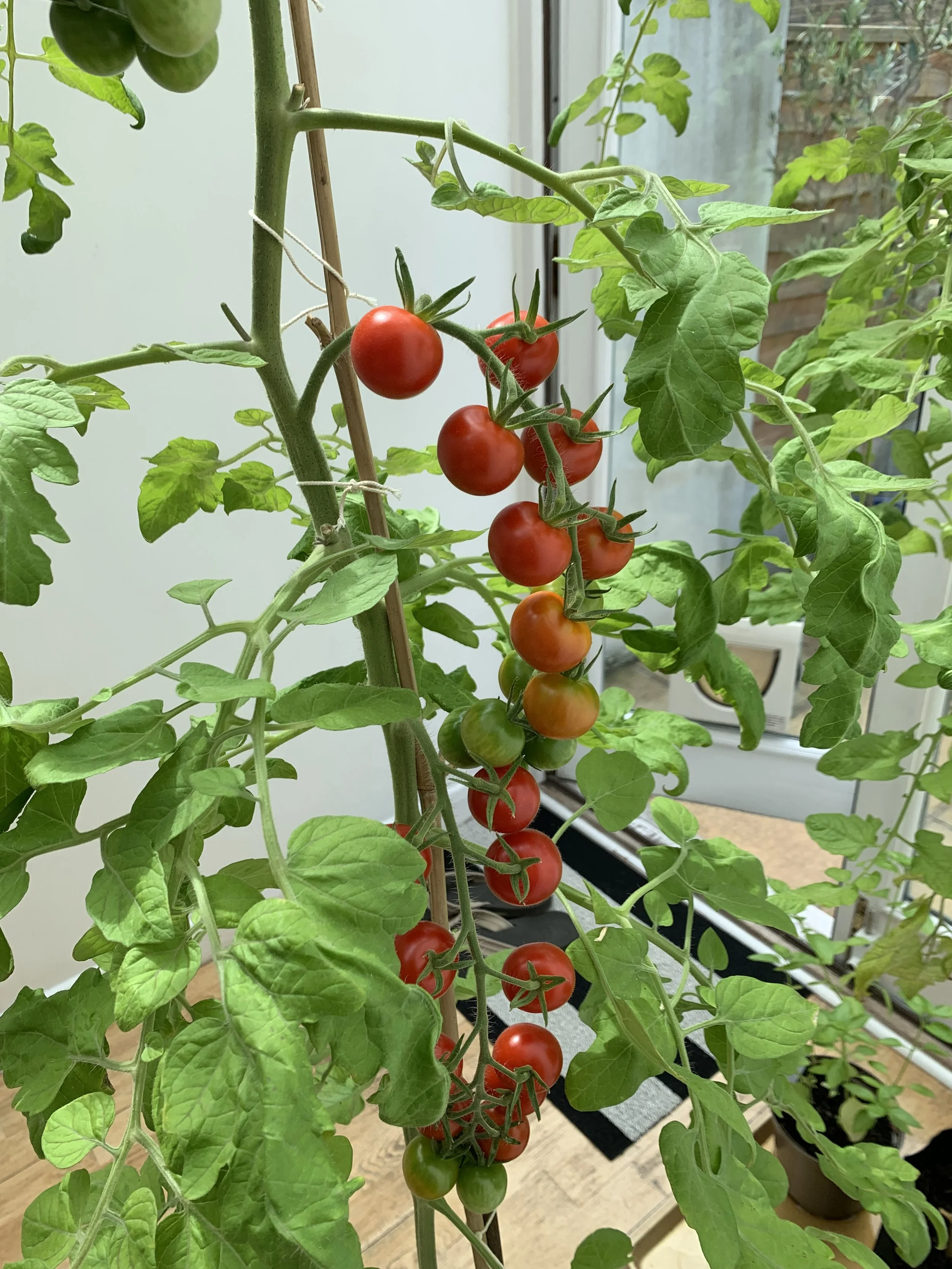How to Fertilize Petunias So They Bloom Like Never Before
This article has links to products that I may make commission from.
Petunias are a staple in many gardens and balconies. These charming flowers, known for their variety of colors and patterns, are more than just a beautiful bloom; they require specific care to thrive and bloom profusely.
This guide focuses on a crucial aspect of petunia care: fertilization. Understanding how to properly nourish these plants can make a significant difference in their health and the brilliance of their blooms.
This guide will take you through how to master the art of fertilizing petunias so that you can achieve a stunning floral display.
Looking for more guidance on using fertilizer?
Check out my guides Does Fertilizer Go Bad? The Reality of Fertilizer Shelf Life and How to Fertilize Peonies for Spectacular Blooms.
Why Fertilize Petunias?
Petunias, with their vibrant hues and lush blooms, are a favorite among gardeners for adding splashes of color to gardens, patios, and balconies.
However, to maintain their show-stopping displays, petunias require more than just water and sunshine; they need a regular supply of nutrients.
Nutrient-Hungry Beauties
Petunias are prolific bloomers, and this high energy output means they're heavy feeders.
Throughout the growing season, they exhaust the nutrients available in their immediate soil environment, especially when planted in containers or hanging baskets where the soil volume is limited.
Without additional nutrients, your petunias might show signs of weakness, such as fewer blooms, smaller flowers, or faded colors.
Supporting Continuous Growth
By fertilizing petunias, you replenish essential nutrients that support not just blooming, but also overall plant health.
Fertilizers provide key elements like nitrogen for leaf growth, phosphorus for root development and blooming, and potassium for general health and disease resistance.
This balanced diet keeps your petunias robust and ready to produce a bounty of flowers.
Also, check out my guide Does Fertilizer Go Bad? The Reality of Fertilizer Shelf Life.
Tailoring to Their Needs
Different stages of petunia growth require different nutrient mixes.
For instance, a higher nitrogen mix is beneficial during the early growth phase for leaf and stem development.
As the plant moves into its blooming phase, a fertilizer higher in phosphorus can encourage more and larger blooms.
Enhancing Soil Quality
Regular fertilization also plays a role in maintaining soil quality.
Organic fertilizers, in particular, improve soil texture and foster beneficial microbial activity, creating a healthier environment for root growth and water retention, essential for petunias thriving in both garden beds and containers.
Ensuring Season-Long Beauty
Fertilizing petunias is not just about immediate gratification.
Consistent feeding schedules ensure that your petunias remain vibrant and healthy from spring until fall.
This season-long nutrition strategy helps them withstand environmental stresses like heat waves or heavy rain, common in summer months.
By understanding and catering to the nutritional needs of petunias, you can ensure these delightful flowers reach their full potential, creating a stunning visual impact in any setting.
THe Best Types of Fertilizers for Petunias
Choosing the right fertilizer is crucial for ensuring that your petunias flourish.
Each type of fertilizer offers unique benefits, and understanding these can help you make the best choice for your plants.
Liquid Fertilizer: Quick and Efficient
Liquid fertilizers are a popular choice among petunia growers for their ease of use and rapid absorption.
These fertilizers provide a quick nutrient boost, ideal for petunias that need immediate nourishment.
They're especially beneficial for petunias in containers and hanging baskets, as the liquid can easily reach the root system.
When using liquid fertilizers, it's important to apply them regularly, typically every two weeks, as their effects are short-lived compared to slow-release types.
Here is the liquid fertilizer I recommend for petunias:
Release Fertilizer: Consistent and Long-Lasting
Release fertilizers, both slow and controlled-release, offer a more hands-off approach.
These fertilizers gradually release nutrients over a period of time, ranging from a few weeks to several months.
This steady nutrient supply is excellent for promoting consistent growth without the risk of nutrient overload.
Slow-release fertilizers are often preferred for petunias in garden beds or larger containers where long-term nutrient provision is beneficial.
Here is the slow-release fertilizer I recommend for petunias:
Organic Fertilizer: Natural and Eco-Friendly
For gardeners who prefer a natural approach, organic fertilizers are an excellent choice.
Derived from plant, animal, or mineral sources, these fertilizers not only feed petunias but also improve soil structure and microbial activity.
Organic options like compost, fish emulsion, or bone meal provide a balanced nutrient profile while also being environmentally friendly. Keep in mind, however, that they typically act slower than synthetic fertilizers and might require more frequent application.
Here is the best organic fertilizer I recommend for petunias:
Bloom Booster and Balanced Fertilizer: Targeted Feeding
Bloom boosters, with higher phosphorus content, are formulated to enhance flowering, making them ideal for petunias during their peak blooming period.
In contrast, balanced fertilizers, typically marked with equal NPK (Nitrogen, Phosphorus, Potassium) ratios like 10-10-10, are designed to support overall plant health, including roots, leaves, and blooms.
These are great for an all-in-one solution, particularly in the early stages of growth or when maintaining established plants.
Here is the all-purpose balanced fertilizer I recommend for petunias:
Customizing Fertilizer Application
Understanding your petunias' specific needs and the growing conditions (such as sunlight, soil type, and water availability) can guide your fertilizer choice.
In some cases, alternating between different types of fertilizers throughout the growing season can yield the best results.
For example, starting with a balanced fertilizer for initial growth and switching to a bloom booster during the flowering stage.
By selecting the appropriate fertilizer and tailoring its application to your petunias' needs, you can significantly impact their health and vibrancy.
Whether you choose a fast-acting liquid, a slow-release granular, an organic blend, or a combination of these, the key is consistent and appropriate feeding to ensure a season full of stunning petunia blooms.
When and How to Fertilize Petunias
Fertilizing petunias correctly involves not just choosing the right fertilizer but also understanding the best times and methods for application.
This ensures that your petunias get the nutrients they need, exactly when they need them.
Fertilizing Petunias in Pots and Containers
Petunias in containers are in a restricted environment with limited nutrients available.
They require regular fertilization to compensate for this limitation. Start fertilizing a few weeks after planting to give the roots time to establish.
Use a liquid fertilizer or water-soluble granules every two weeks. Ensure the soil is moist before applying fertilizer to prevent root burn.
Fertilizing Petunias in Hanging Baskets, Window Boxes, and Garden Beds
For petunias in hanging baskets and window boxes, liquid fertilizers are ideal due to their ease of application and rapid absorption.
Garden bed petunias can benefit from slow-release granular fertilizers, which provide a consistent nutrient supply over several weeks or months.
Apply these fertilizers at planting time and, depending on the product's duration, once or twice more during the growing season.
How Often to Fertilize Petunias
The frequency of fertilization depends on the type of fertilizer you're using.
Liquid fertilizers require more frequent applications (every 1-2 weeks), while slow-release fertilizers may last several months.
Observe your petunias' growth and flowering; if they appear lackluster, it may be time to fertilize.
The Right Amount of Fertilizer
It's crucial to follow the recommended dosage on the fertilizer packaging. Over-fertilizing can lead to salt buildup in the soil, which can damage the roots and reduce flowering.
If unsure, it's better to err on the side of under-fertilizing; you can always add more if needed.
Seasonal Considerations
Begin fertilizing in early spring when the petunias start actively growing. Continue throughout the summer, as this is their peak blooming period.
Reduce fertilization as fall approaches and stop completely once the plants begin to die back in preparation for winter.
Environmental Factors
Weather and environmental conditions also play a role.
During periods of extreme heat or drought, petunias may benefit from reduced fertilizer concentrations to avoid stress on the plants.
Conversely, in cooler, cloudy conditions, less frequent fertilization may be required.
Technique Matters
When applying liquid fertilizer, try to aim at the soil rather than the leaves to avoid burn and ensure that the nutrients reach the roots.
For granular fertilizers, sprinkle them around the base of the plant and lightly mix them into the soil, then water thoroughly to help the nutrients seep down to the roots.
By following these guidelines on when and how to fertilize your petunias, you'll be setting the stage for a season full of robust growth and vibrant blooms.
Petunia Care Tips
While fertilizing is a key component in caring for petunias, several other factors contribute to their health and blooming success.
Here are some essential care tips:
Sunlight Requirements (Full Sun, Shade)
Petunias are sun-loving plants and thrive when they receive at least 6 to 8 hours of direct sunlight daily, such as a south-facing or west-facing garden location.
This exposure is crucial for vibrant blooms and sturdy growth.
However, in extremely hot climates, petunias may benefit from afternoon shade to protect them from scorching midday sun.
Watering Petunias
Watering is a balancing act for petunias. They prefer consistently moist soil but do not fare well in waterlogged conditions.
Over-watering can lead to root rot, while under-watering can stress the plants, leading to fewer blooms and stunted growth.
It's best to water deeply but infrequently, allowing the top inch of soil to dry out between waterings.
In hotter weather, petunias in containers and hanging baskets may need daily watering.
For more watering tips, check out my guide How to Use Watering Globes.
Choosing the Right Soil (Potting Soil vs Garden Soil)
Soil quality significantly affects petunia health.
In containers, use a high-quality potting mix that ensures good drainage and aeration.
For garden beds, amend the soil with organic matter to improve its texture and nutrient content.
To learn more about this, check out my guide Garden Soil vs. Potting Soil: How to Choose the Right One.
Well-draining soil is essential to prevent water accumulation and root diseases.
Here is the potting mix I recommend using for growing petunias:
Seasonal Tips for Growing Petunias
Spring:
When planting or transplanting petunias, ensure the danger of frost has passed.
Start with a balanced fertilizer to encourage strong root and leaf growth.
Summer:
This is the peak bloom time. Keep up with regular watering and fertilizing, and consider deadheading (removing spent blooms) to encourage more flowers.
Fall:
As temperatures drop, reduce fertilization and prepare the petunias for the end of the season.
In regions with mild winters, some petunias can survive outdoors with proper mulching.
For tips on mulching, check out my guide The Best Alternatives to Traditional Mulch for Your Garden.
Pest and Disease Management
Keep an eye out for common pests like aphids and whiteflies. A strong stream of water or insecticidal soap can manage these pests.
Fungal diseases like root rot and powdery mildew are less common but can be avoided by proper watering practices and ensuring good air circulation around the plants.
Here is the insecticidal soap I recommend using for petunias:
Mulching
Applying a layer of mulch around garden-grown petunias can help retain soil moisture, regulate temperature, and suppress weeds.
However, avoid mulching right up against the stem to prevent moisture buildup that could lead to rot.
Here is the mulch I recommend for petunias:
By following these comprehensive petunia care tips, you can ensure that your plants remain healthy, vibrant, and blooming profusely throughout the growing season.
Homemade Fertilizer Recipes for Petunias
Creating your own fertilizer can be a rewarding and cost-effective way to provide your petunias with essential nutrients, using readily available household items and natural materials.
Here are my recommended recipes for homemade fertilizer for petunias:
Basic Compost Tea
Compost tea is a nutrient-rich liquid made from steeping compost in water. It's an excellent way to provide a balanced mix of nutrients.
To learn more about making compost tea, check out my full guide A Simple Recipe for Rich Compost Tea.
Ingredients:
Well-aged compost
Water
Method:
Fill a bucket with water and add a couple of handfuls of compost.
Let the mixture steep for a few days, stirring occasionally.
Strain the liquid and use it to water your petunias. This tea provides a gentle, balanced dose of nutrients, ideal for regular use.
Eggshell Fertilizer
Eggshells are rich in calcium, which can help promote healthy cell growth in petunias.
Ingredients:
Cleaned and dried eggshells
Method:
Crush the eggshells into a fine powder.
Sprinkle the powder around the base of your petunias or mix it into the soil. This can help improve soil calcium levels, especially beneficial for petunias in containers.
Banana Peel Fertilizer
Banana peels are a good source of potassium, an essential nutrient for flower and root development.
Ingredients:
Banana peels
Method:
Cut banana peels into small pieces and bury them a few inches deep in the soil near the petunias.
As they decompose, they will release potassium, feeding the plants.
Epsom Salt Solution
Epsom salt is a source of magnesium and sulfur, which can help improve flowering and overall health.
Ingredients:
Epsom salt (Buy Epsom salt here)
Water
Method:
Dissolve a tablespoon of Epsom salt in a gallon of water.
Use this solution to water your petunias once a month. It's particularly helpful for petunias that have lost their vibrancy or are experiencing slow growth.
Custom Blends
Feel free to experiment by combining some of these ingredients to create a custom blend that suits your petunias' specific needs.
For example, a mix of compost tea and Epsom salt solution can provide a broad range of nutrients.
Remember, while homemade fertilizers can be effective, it's important to use them in moderation and observe how your petunias respond.
Adjust the frequency and concentration as needed, and always ensure that your primary focus is on maintaining healthy soil and proper watering practices.
FAQs
How often should I water petunias in pots?
Petunias in pots typically require more frequent watering than those in the ground due to limited soil volume and quicker drying.
During hot weather, they may need water daily. The key is to check the top inch of the soil; if it feels dry, it's time to water.
Ensure good drainage in the pot to avoid waterlogging, which can lead to root rot.
Are petunias annuals or perennials?
Petunias are technically perennials in their native habitats. However, in most climates, they are grown as annuals because they don't tolerate frost. In warmer regions (USDA zones 9-11), they can survive outdoors all year and may return the following season.
Do petunias like full sun?
Yes, petunias flourish in full sun, which means they need at least 6-8 hours of direct sunlight each day for optimal growth and blooming.
They can tolerate partial shade, especially in hotter climates, but too much shade will result in fewer blooms and leggier plants.
What is the best homemade fertilizer for petunias?
A balanced homemade fertilizer like compost tea or a mix of crushed eggshells (for calcium) and coffee grounds (for nitrogen) can be beneficial.
These provide a slow-release of nutrients that are gentle on the plants. Additionally, a monthly Epsom salt solution can promote vibrant blooms and strong growth.
How long do petunias last in pots?
When cared for properly, petunias can bloom from late spring until the first frost in fall.
Regular deadheading, proper watering, and fertilization are key to extending their lifespan and ensuring continuous blooms.
Can petunias grow in shade?
While petunias prefer full sun, they can grow in partial shade. However, they will have fewer blooms and may become leggy as they stretch towards the light.
For shady areas, consider varieties of petunias that are more tolerant of lower light conditions.
How can I prevent petunias from getting leggy?
Regular pruning can prevent petunias from becoming leggy. Pinch back the tips of the stems by about an inch every few weeks to encourage bushier growth.
This will also stimulate more flowering.
Can I keep petunias over winter?
In cooler climates, petunias are not winter-hardy outdoors. However, you can overwinter them indoors in a sunny window.
Cut them back in the fall, bring them inside, and water sparingly. They may not bloom vigorously indoors but can be revived in the spring.
Providing the right plant food is fundamental to what petunias need for thriving in your garden.
The journey to lush, vibrant petunias is paved with understanding the specific fertilizer petunias require. By choosing the appropriate fertilizer, whether it be commercial blends or homemade concoctions, you are setting the stage for their healthy growth.
Remember, the success of these floral beauties also hinges on good potting soil, adequate sunlight, and proper watering. Armed with these insights and care tips, you're well on your way to cultivating a garden filled with stunning, healthy petunias that are as resilient as they are beautiful.
With a little patience and dedication, watch your petunias transform into a spectacular display of color and life.
Ready for more garden inspiration? Check out my guides:
